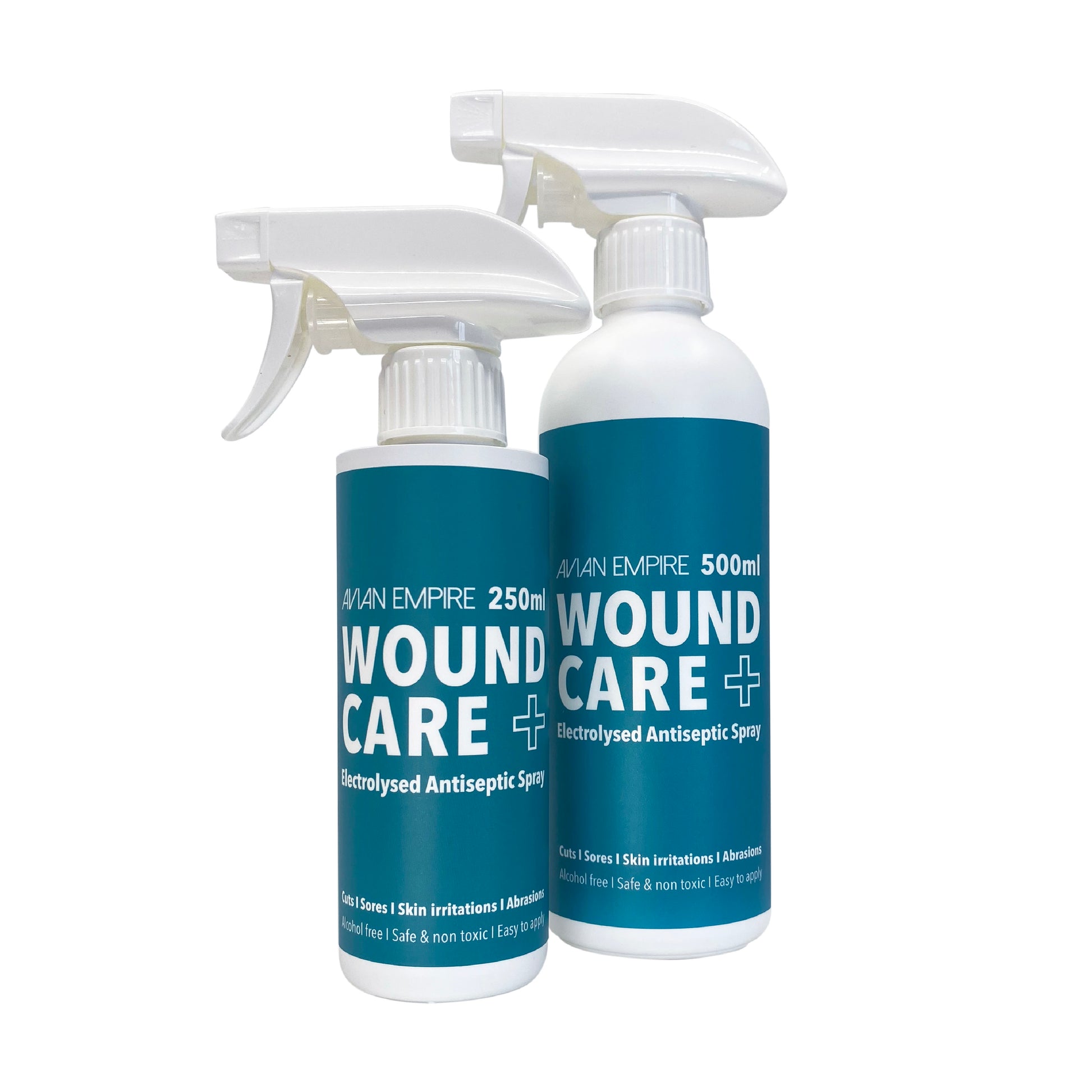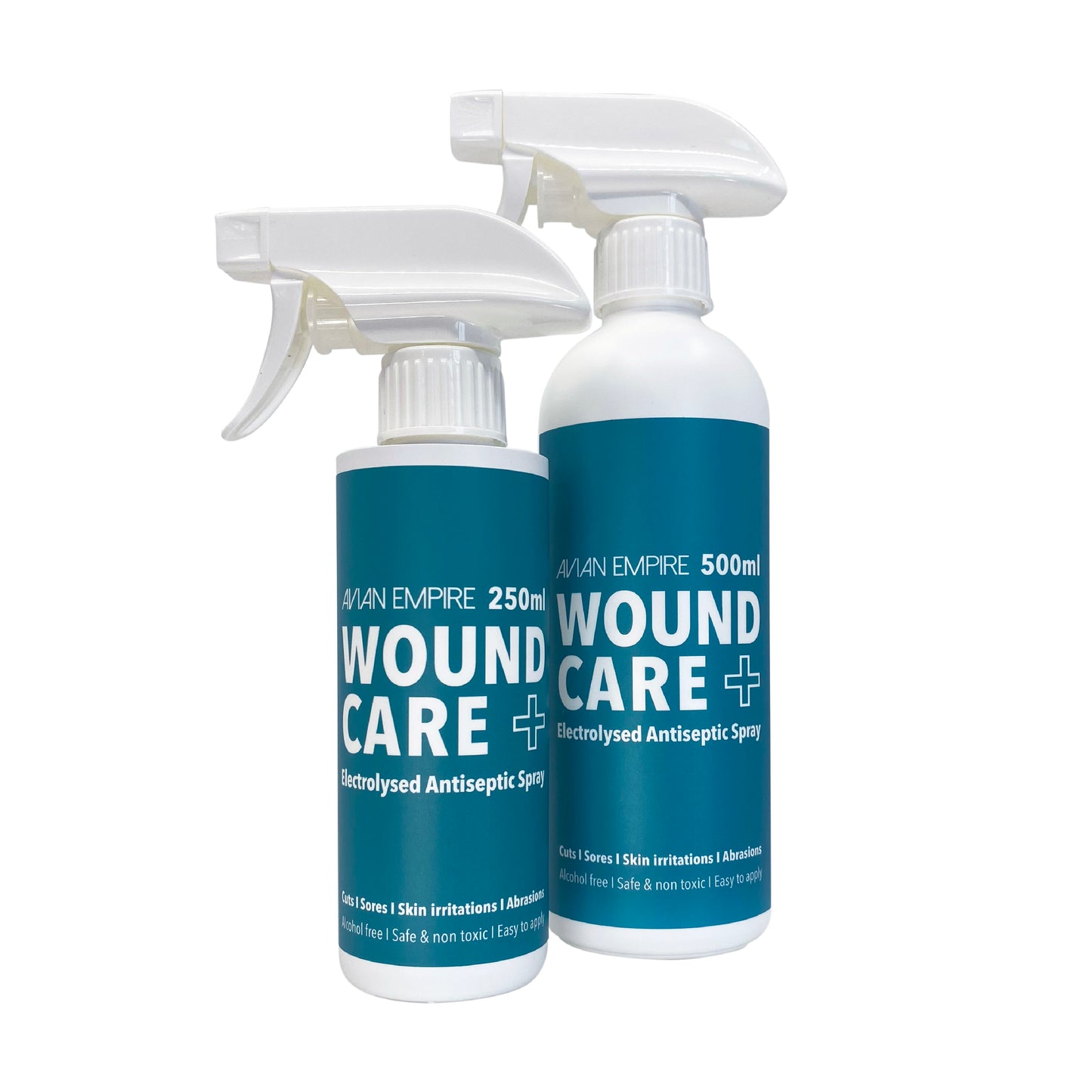

Avian Pox Virus
Poxvirus is a contagious viral disease that affects poultry, caused by the Avipoxvirus. It typically presents in two forms: cutaneous (dry pox) and diphtheritic (wet pox). The disease spreads through direct contact with infected birds, contaminated equipment, or via biting insects like mosquitoes. It is slow-spreading and can affect chickens, turkeys, and other avian species.
Forms of Avian Pox
-
Cutaneous (Dry Pox):
- Characterized by scabby lesions on unfeathered areas like the comb, wattles, eyelids, legs, and feet.
- Lesions begin as small white spots that progress to raised, crusty scabs.
- Typically self-limiting, but severe cases may interfere with vision, feeding, or movement.
-
Diphtheritic (Wet Pox):
- A more severe form, involving the mucous membranes of the mouth, throat, trachea, and upper respiratory tract.
- Presents as yellow, cheesy plaques that can obstruct breathing and swallowing.
- This form has a higher mortality rate due to suffocation or secondary infections.
Clinical Signs
-
Lethargy and reduced activity.
-
Reduced appetite and weight loss.
-
Decreased egg production in layers.
-
Respiratory distress (wet pox form).
-
Scabs and lesions on exposed skin.
Transmission
-

1. Direct Contact
- Spread through bird-to-bird contact or exposure to infected scabs or fluids.
2. Insect Vectors
- Mosquitoes and other biting insects are major carriers.
3. Environment
- The virus can persist in the environment for long periods on contaminated surfaces, equipment, and litter.
Diagnosis
-

1. Clinical Signs:
- Diagnosis often begins with recognizing characteristic lesions:
- Birds may show lethargy, reduced appetite, and decreased productivity.
2. Histopathology:
- Examination of tissue samples from lesions under a microscope.
- Inclusion Bodies: Presence of Bollinger bodies (intracytoplasmic viral inclusion bodies) in affected cells confirms poxvirus infection.
3. Polymerase Chain Reaction (PCR):
- A highly sensitive and specific molecular test that detects avipoxvirus DNA in tissue or lesion samples.
- Useful for confirming the virus and identifying specific strains.
Treatments
-
1. There Is No Treatment
- No specific antiviral treatment; supportive care is the main approach.
-
2. Antibiotics
- Treat secondary bacterial infections with antibiotics (under veterinary guidance).
-
3. Pain Relief
- Pain relief can significantly improve a bird’s comfort during recovery.
-
4. Good Hygiene
- Ensure cutaneous lesions are kept clean, but avoid removing scabs, as they protect the healing tissue underneath. Use a wound spray or iodine solution to gently cleanse and disinfect the area, helping to promote healing and prevent secondary infections.
-
5. Removal of Plaques
- For wet pox, carefully remove plaques if they obstruct breathing (Consult a veterinarian, as these can be vascularised and may bleed).
Prevention
-

1. Vaccination
- Vaccination is the most effective preventative measure, typically administered to chicks or at-risk flocks.
2. Insect Control
- Reduce mosquito populations by eliminating standing water and using insect repellents in coops.
3. Biosecurity
- Maintain biosecurity by isolating infected birds, disinfecting equipment, and practicing good hygiene.

Avian Empire
Wound Care +
Regular price
$22.00 NZD
Regular price
Sale price
$22.00 NZD
Unit price
/
per
Tax included.
Share





